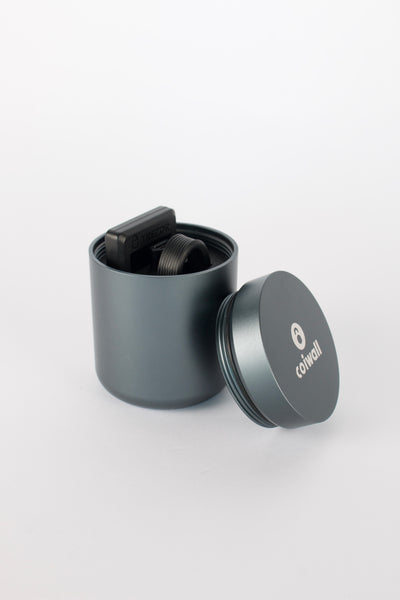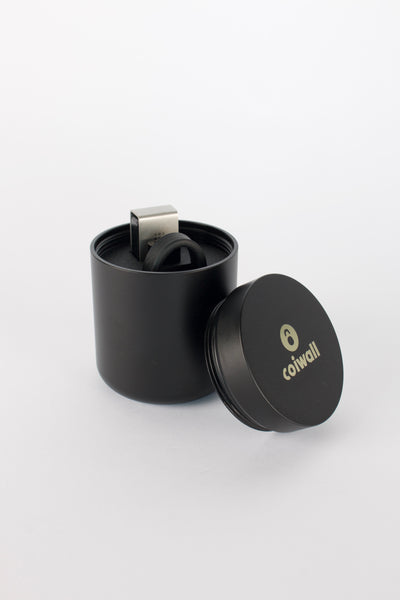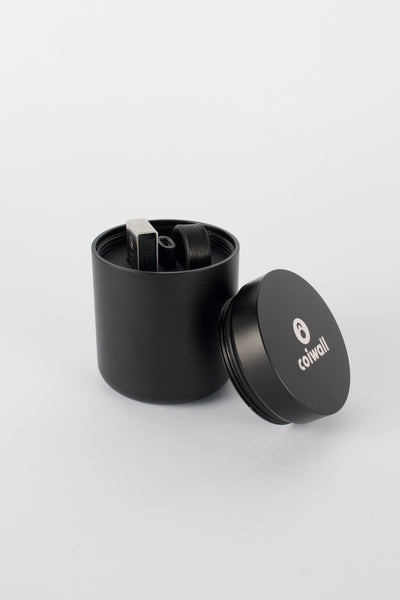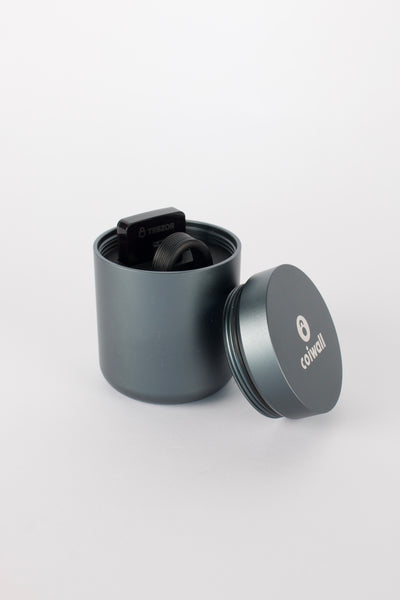There’s a peculiar comfort in hearing the word finality. It suggests closure, certainty, and, for those of us dabbling in cryptocurrency, the point at which something is officially unchangeable. But let’s be honest, finality in our everyday lives? That might mean a judge’s gavel landing with a thud, or the end credits rolling on a movie you wish had one more twist. In the intricate (but sometimes surprisingly relatable) world of blockchains, finality carries even more weight—especially if you’ve just transferred your hard-earned Bitcoin and are crossing your fingers it really, truly stays there.
So What Is Finality, Really?
Let me explain. Imagine you drop a letter into an old red mailbox on a street corner. Once that envelope slips past the metal slot, it’s out of your hands—no takebacks. That’s finality, blockchain style. When we talk about finality in crypto, we mean that, at a certain point, a transaction isn’t just marked in some cosmic ledger—it’s etched in digital granite. It can’t be reversed, modified, or erased. Even if you beg, plead, or shout from the rooftops, it’s not going anywhere.
This isn’t just a philosophical idea. It’s a structural promise, fundamental to how blockchains are designed. You know what? That’s a pretty big deal, especially compared to traditional systems where a bank transfer can sometimes be clawed back or canceled if you catch the right person on the phone.
Different Chains, Different Rules of Finality
But wait, not every blockchain gives out this promise in the same package. Some blockchains, like Bitcoin, provide what’s lovingly called probabilistic finality. Here’s how it works: transactions get wrapped into blocks, and as new blocks are built atop, the earlier ones get harder and harder to change. Each block added is like someone stacking another heavy brick on your mailbox letter. After about six bricks—er, blocks—the odds of a reversal are so remote that the transaction is considered reasonably final. But (and it’s a big but), there is still a non-zero chance, especially if a nefarious party controls a huge slice of the network’s power.
Contrast that with chains like Ethereum (when running a proof-of-stake consensus), which aim for something closer to immediate finality. The network agrees at a given moment that, yes, this transaction is permanent, done, over with. No looking back, no chasing your tail, just honest-to-goodness closure.
Quick Reality Check: Why Should Anyone Care?
Why does finality matter? Picture this—you’re buying a car with crypto. The dealer wants ironclad proof that funds won’t vanish after you drive off. Finality is that proof, the digital equivalent of a handshake sealed with a notarized stamp.
Hardware Wallets and Your Peace of Mind
Let’s change gears for a second. If you’ve used hardware wallets like Trezor or Ledger, you already know how high the stakes can feel. Gorgeous little devices sitting on your desk—just a chip, a screen, and your (sometimes) life savings flashed across their tiny displays. These tools don’t create finality themselves, but they’re all about protecting access to your assets once transactions are final. Ledger and Trezor shine because even if your computer’s been around the block (or two), your private keys stay locked tight, far away from digital mischief.
Here’s where things get interesting. Suppose you send crypto from your Trezor, thinking, “I’ll cancel if I change my mind.” Not going to happen! Once the blockchain confirms, that transaction is set. The wallet helps ensure nobody else can sign a new transaction as you, but when you push the final button, you’re as committed as a tightrope walker halfway across.
Everyday Analogies: It’s Just Like Real Life… Kind of
If you’re still picturing blockchain finality as some mystical tech-sorcery, think about simpler moments. Mailing that letter, yes, but also sending a text you can’t unsend or breaking the seal on a bottle of vintage wine. Uncorked? No way back. Some things just can’t be undone, and in crypto, that’s designed to be a feature, not a bug.
There are plenty of situations where people yearn for finality—legal contracts, marriage vows, or even deleting your high school photos from social media (if only that were truly permanent!). Blockchain’s flavor of finality is more trustworthy than most, and in a landscape where digital fraud runs rampant, that’s worth its weight in gold.
But What About Mistakes? The Bittersweet Side of Finality
Let’s be real: finality isn’t always cozy. If you’ve ever sent crypto to the wrong address, you already know the pit-in-your-stomach feeling. Banks might bail you out if you wire money by mistake, but blockchains? No such luck. Finality means living with the consequences, for better or worse. It’s a serious lesson in digital responsibility. On the bright side, this zero-takebacks rule keeps everyone honest and makes scams dramatically harder—once you see funds are gone, you can be sure there’s no sneaky reversal in the works.
Finality Fights: How Chains Compete on Confidence
Interestingly, blockchains like Solana or Polkadot brag about their speed to finality. “We can confirm a transaction in a blink!” they shout from press releases—sometimes with numbers to back it up. But users know, looking under the hood, that network hiccups, bugs, or even rare reorganizations can muddy the water. The gold standard is simple: how quickly and reliably does a blockchain grant this sense of irreversible closure?
- Bitcoin: Probabilistic, takes minutes (or more) to feel truly final.
- Ethereum (Proof of Stake): More deterministic, usually needs just a couple blocks.
- Solana/Polkadot: Chasing sub-second finality but sometimes run into bumps along the road.
It’s a kind of digital race—who can close the book fastest while keeping the pages safe from being torn out later.
Why Finality Isn’t Just for Techies
Maybe you’re not a blockchain developer. Maybe, honestly, the most you care is when your trading app says 'confirmed.' But finality affects everyone. Merchants don’t want to sell a hoodie only to see the payment disappear. Artists selling NFTs hope buyers can’t wriggle out of a deal. Even casual crypto holders rest easier when their Trezor or Ledger shows that balance sitting pretty, untouched by digital drama.
The Takeaway: Comfort in Certainty
So next time you send a transaction, whether it’s a quick crypto tip to a friend or a major transfer from your hardware wallet, remember this: finality isn’t just a technical term. It’s your assurance of permanence in a world where so much feels up for grabs. Sure, it demands a bit of caution—double-check that address!—but it also gives you the freedom to build, trade, and trust, knowing what’s done is truly done.
Strange as it seems, there’s magic in that digital sense of closure. Finality isn’t just the end of a transaction—it’s the beginning of real confidence in the blockchain age.











